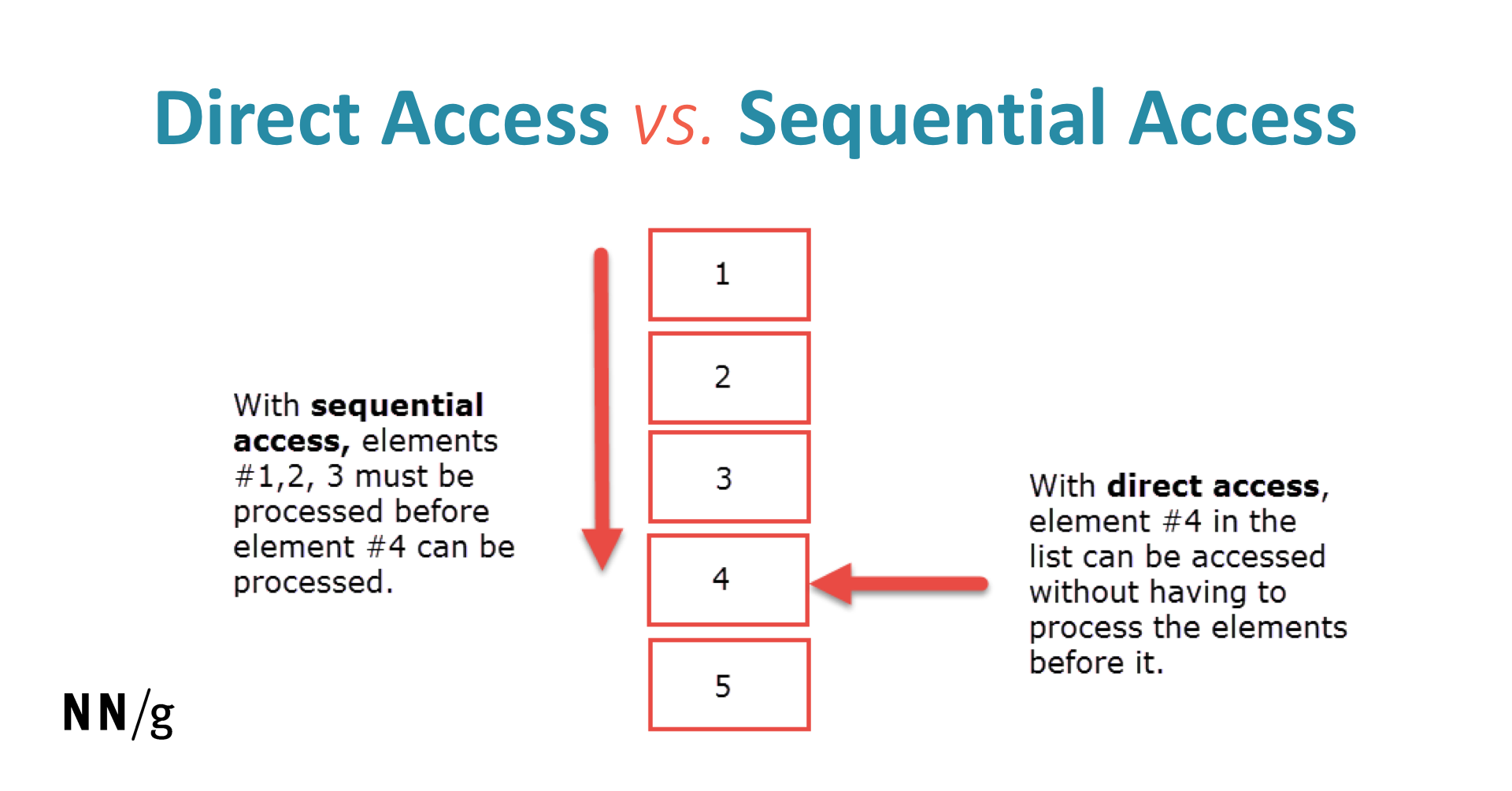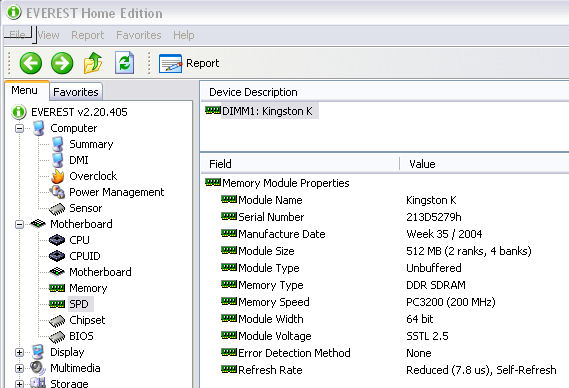- As mentioned earlier, NOR Flash memory has enough address and data lines to map the entire memory region, similar to how SRAM operates. For example, a 2-Gbit (256MB) NOR Flash with a 16-bit data bus will have 27 address lines, enabling random read access to any memory location.
- Following are the important differences between RAM and ROM. RAM stands for Random Access Memory. ROM stands for Read Only Memory. RAM data is volatile. Data is present till power supply is present. ROM data is permanent. Data remains even after power supply is not present. RAM data can be read, erased or modified.
- Difference Between Serial And Random Access Memory Types Pdf
- Difference Between Serial And Random Access Memory Types

RAM (Random Access Memory) Random access memory which is also known as RAM is generally known as a main memory of the computer system. It is called temporary memory or cache memory. The information stored in this type of memory is lost when the power supply to the PC or laptop is switched off. ROM (Read Only Memory) It stands for Read Only Memory.
In computing, an access method is a program or a hardware mechanism that moves data between the computer and an outlying device such as a hard disk (or other form of storage) or a display terminal.
The term is sometimes used to refer to the mechanics of placing or locating specific data at a particular place on a storage medium and then writing the data or reading it. It is also used to describe the way that data is located within a larger unit of data such as a data set or file.

There are two type of access method random access and sequential access.
To go from point A to point Z in a sequential-access system, you must pass through all intervening points. In a random-access system, you can jump directly to point Z.Disks are random access media, whereas tapes are sequential access media.
The terms random access and sequential access are often used to describe data files. A random-access data file enables you to read or write information anywhere in the file. In a sequential-access file, you can only read and write information sequentially, starting from the beginning of the file.
Difference Between Serial And Random Access Memory Types Pdf
Both types of files have advantages and disadvantages. If you are always accessing information in the same order, a sequential-access file is faster. If you tend to access information randomly, random access is better.
You’ll also like:
In computing, Sequential Access Memory (SAM) is a class of data storage devices that read their data in sequence. This is in contrast to random access memory (RAM) where data can be accessed in any order. Sequential access devices are usually a form of magnetic memory.
Difference Between Serial And Random Access Memory Types
While sequential access memory is read in sequence, accesses can still be made to arbitrary locations by “seeking” to the requested location. This operation, however, is often relatively inefficient (see seek time, rotational latency).
Magnetic sequential access memory is typically used for secondary storage in general-purpose computers due to their higher density at lower cost compared to RAM, as well as resistance to wear and non-volatility. Examples of SAM devices still in use include hard disks, CD-ROMs and magnetic tapes. Historically, drum memory has also been used.